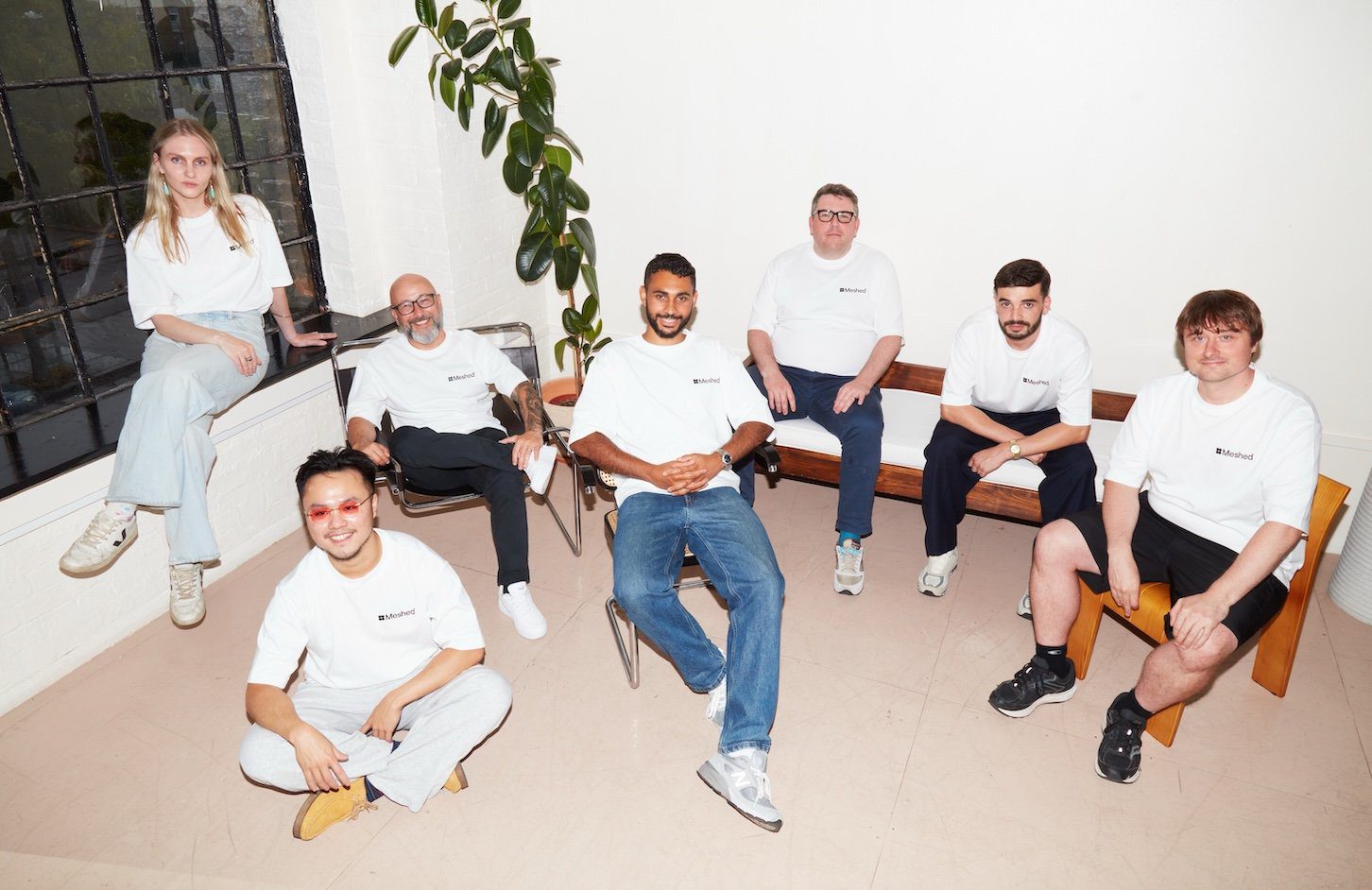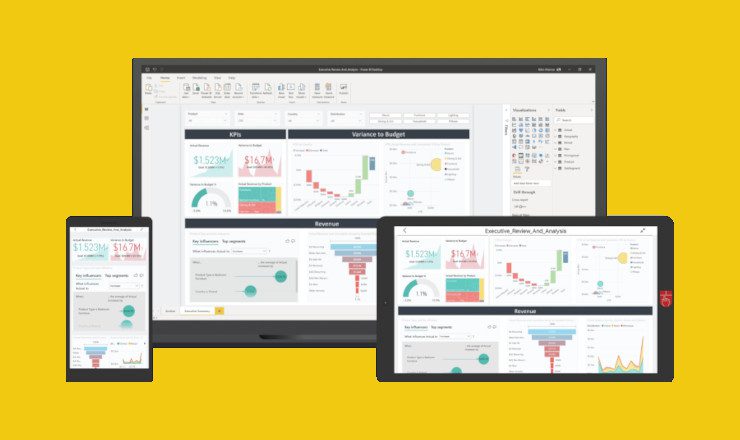Africa’s startup boom has run on foreign fuel for the better part of a decade. Venture capital and development finance institutions (DFIs) powered the first wave of growth, while most local commercial banks stayed on the sidelines, sometimes by choice, often by design.
That model worked while global liquidity swelled and grants were plentiful. It doesn’t anymore. VC has slowed, DFIs are more selective, and many promising founders, especially those outside “hot” categories, are stranded without capital. If Africa wants a resilient innovation economy, its banks must become co-architects, not passive observers.
This is already beginning to happen. In late July, Sun King—the off-grid solar giant—closed a $156 million securitisation led mainly through commercial banks (ABSA, Citi, Co-operative Bank of Kenya, KCB, and Stanbic Kenya). The transaction, the largest majority bank-backed securitisation in Sub-Saharan Africa outside South Africa, will finance roughly 1.4 million solar products and smartphones in Kenya. That’s not just a headline number, it’s a blueprint for bankable impact at scale.
Kenya’s sixth-largest lender by assets, Stanbic Bank, has also broken from the pack. Stanbic plans to raise $100 million through a new Catalytic Fund to finance startups and SMEs across East Africa—specifically in sectors that VCs often overlook: agritech, the creative economy, healthtech, and manufacturing. The bank wants to “expand the continuum” of who gets served, not only the firms that look VC-ready on day one.
And Equity Group—Kenya’s largest lender—just signalleda rotation away from government securities toward loans to the real economy, projecting a 10% rise in customer lending by year-end. When the region’s most influential bank decides that lending to businesses beats parking cash in Treasuries, you should expect the rest of the herd to look up.
These moves come as Africa’s venture market tries to find its floor—perhaps its new shape. African startups raised$3.2 billion in 2024 (equity plus debt), with equity holding steady at roughly $2.2 billion even as debt slipped 17% to $1.0 billion. Activity remained resilient at 457 equity deals (–3% YoY), and the number of unique equity investors ticked up slightly.
But 2025 is showing real green shoots. By mid-year, The Big Deal counted about$1.4 billion raised—roughly a 78% jump over H1 2024—and flagged a much stronger July. That’s still below the 2021–2022 sugar high, suggesting a healthier reset rather than a prolonged winter. Even the IFC, hardly a hype machine,acknowledges the 2022–2024 swoon (funding down by 52% from the peak) while arguing the deeper problem is structural. The continent lacks domestic equity financing and relies excessively on foreign cycles, which means local banks matter.
Why banks have stayed away
African banks’ reluctance to fund startups boiled down to risk, regulation, and returns. Banks operate under prudential guidelines, making them averse to unsecured, volatile businesses with high failure rates. Startups, in turn, often sought capital precisely because they lacked the steady revenues banks demand. The result was a natural division of labour: VCs took the wild bets; banks financed the safe bets.
However, several forces are eroding that neat separation. The VC downturn has left even solid, cash-flow-positive startups struggling to raise capital. New asset classes, like revenue-based financing and structured debt, allow banks to price and manage risk more effectively. Regulatory pressure in some markets to increase SME lending quotas is nudging banks to look beyond the usual suspects.
Much of the African market is over-indexed to short-term working capital. Kenya offers a useful microcosm. Digital overdrafts like Fuliza (run with Safaricom in partnership with KCB and NCBA) move astonishing volume—NCBA and its partners disbursed aroundKES 1 trillion ($7.7B) in digital loans in 2024, with Fuliza alone near KES 906B. That’s powerful for liquidity—but it’s not patient growth capital. Founders can’t build factories, clinical networks, or agri-processing capacity on 30-day overdrafts.
The macro environment is pushing banks to diversify. In Kenya, for instance, yields on government securities fell from double digits in early 2023 to single digits in 2025. In Nigeria, inflation-adjusted returns on fixed income are negative. For a bank’s treasury team, startups and tech-enabled SMEs — especially those serving large addressable markets — are starting to look like a more attractive risk-return trade-off.
Next Wave continues after this ad.
The support banks could offer
If banks fully commit, they can offer patient capital, something the VC model often can’t. VCs, by design, operate on 5– to 10–year fund cycles and must deliver outsized exits to their LPs. This drives a “growth at all costs” mentality that can be ill-suited to African markets, where infrastructure gaps, fragmented logistics, and slower adoption curves require more time to scale sustainably.
Patient capital is not charity. Its capital is structured to the realities of African operating environments, which include longer cash-conversion cycles, currency volatility, uneven infrastructure, and regulatory friction. The proper instruments blend downside protection with growth upside. Banks are uniquely positioned to deliver this if they adjust products, risk models, and incentives.
Banks, especially those with large retail deposit bases like Kenya’s KCB Group, Nigeria’s Access Bank, and South Africa’s Standard Bank, can provide longer-term loans or hybrid debt-equity structures that align with the slower burn of building in Africa. Structured correctly, such financing could support founders in capital-heavy sectors like manufacturing, agri-processing, or healthtech equipment — areas that are vital to economic transformation but unattractive to traditional VC because of their long path to profitability.
For banks looking to support Africa’s startup ecosystem without straying too far from their risk comfort zones, the opportunity lies in adapting familiar products to the realities of thin-file founders. Receivables and inventory finance, for instance, can be extended against contracted revenues—such as distribution agreements or enterprise contracts—or audited stock. Pairing these facilities with treasury services allows cash flows to sweep directly toward repayment. This model is already proven: Sun King’s PAYGo receivables showed how predictable cash flows can be securitised. While a multinational like Citi can take such deals to capital markets, smaller banks could start with warehouse lines and gradually scale up.
Another tool is revenue-based financing (RBF), which replaces traditional collateral with a claim on future revenues until a cap is met. It works exceptionally well for SaaS companies, creator-economy ventures, logistics platforms, and B2B marketplaces. For founders, RBF behaves like quasi-equity, extending runway without ownership dilution, while lenders amortise risk over time. Banks could even syndicate these deals with local venture debt funds to spread exposure.
Milestone-linked term loans offer another pragmatic approach, releasing funds in tranches tied to operational performance—active users, churn rates, or unit economics. Borrowing a page from project finance, this method aligns incentives without burying startups under overly restrictive covenants. Similarly, venture debt paired with warrants allows banks to provide medium-tenor loans to venture-backed companies while taking a modest equity kicker. For founders, that means more breathing room; for banks, it preserves principal while offering a shot at equity-like upside.
Banks could also build programs around anchor-offtaker financing, where a corporate or public entity is the guaranteed buyer—think telcos, utilities, supermarket chains, or health insurers. This could mean device-financing for PAYGo solar or smartphones, cold-chain equipment for agri-processors, or capex for diagnostics labs with insured payments.
Blended guarantees can reduce risk for first-time borrowers. By mid-2024, Kenya’s state-backed credit guarantee scheme had disbursed about KES 6.3 billion—a modest base that could be expanded with sector-specific variants. Partnering with development finance institutions (DFIs) and government programs could help banks scale this approach meaningfully.
Currency volatility is another barrier. FX-aware facilities—local-currency loans with embedded hedges or CPI-linked step-ups—can help match the revenue realities of startups that earn in shillings, naira, or rand but raise equity in dollars. Finally, asset-backed small-ticket loans remain underused in manufacturing, healthtech, and agritech. A CNC machine, solar mini-grid components, or a cold room are all financeable through leases or hire-purchase agreements. The challenge isn’t whether the asset can be resold, but whether the bank can underwrite the sector’s cash flows.
The future is optimistic
The trends do not suggest that banks will suddenly replace VC. Differences remain. Bank credit committees think in terms of risk-weighted assets, not pre-money valuations. Many startup founders have little experience preparing the kind of audited financials banks require. Without those banks, they may still shy away from pre-revenue ventures.
That’s where policy and partnership could play a role. Development banks could channel more funds into first-loss guarantees for commercial bank lending to startups, instead of writing direct equity cheques. Regulators could create sandbox frameworks for bank–startup financing models. Industry bodies could standardise due diligence templates that bridge the gap between bank credit assessments and startup pitch decks.
If the Sun King deal, Stanbic’s fund, and Equity’s SME shift are early tremors, the earthquake will come when multiple large African banks have dedicated startup finance units, just as they now have SME desks. That would mark an actual rewiring of Africa’s capital formation system — one where local savings finance local innovation, and the next generation of African scale-ups are as likely to have bank debt on their balance sheets as they are to have VC equity.
Next Wave ends after this ad.
Adonijah Ndege
Senior Reporter,
Thank you for reading this far. Feel free to email Adonijah[@]bigcabal.com, with your thoughts about this edition of NextWave. Or just click reply to share your thoughts and feedback.
We’d love to hear from you
Psst! Down here!
Thanks for reading today’s Next Wave. Please share. Or subscribe if someone shared it to you here for free to get fresh perspectives on the progress of digital innovation in Africa every Sunday.
As always feel free to email a reply or response to this essay. I enjoy reading those emails a lot.
TC Daily newsletter is out daily (Mon – Fri) brief of all the technology and business stories you need to know. Get it in your inbox each weekday at 7 AM (WAT).
Follow on Twitter, Instagram, Facebook, and LinkedIn to stay engaged in our real-time conversations on tech and innovation in Africa.












